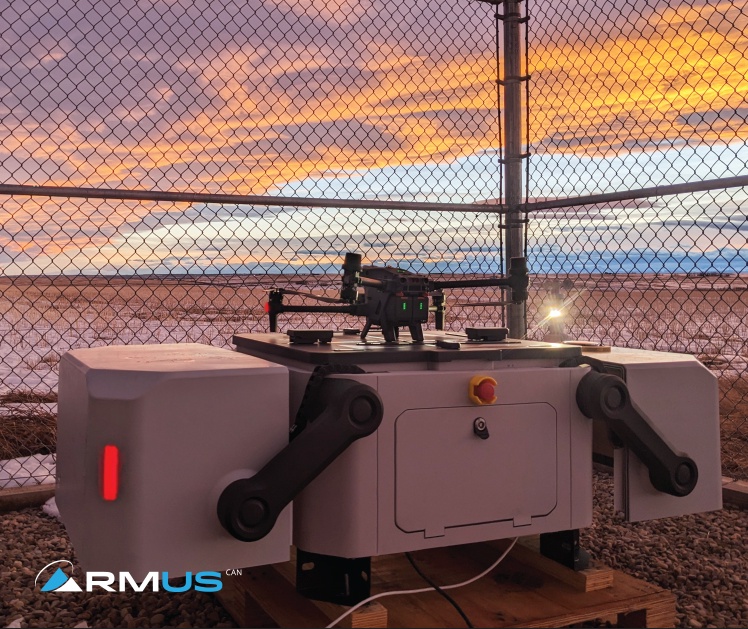Introduction
Autonomous inspection is a rapidly growing field that utilizes autonomous robots to perform inspections in various industries, such as manufacturing, construction, and infrastructure. Autonomous inspection is a game-changer, as it can improve inspection efficiency, reduce costs, and increase safety. In this article, we will discuss the basics of autonomous inspection, including what it is, how it works, and its applications.
What is Autonomous Inspection?
Autonomous inspection refers to the use of autonomous robots to perform inspections. Autonomous robots are self-operating machines equipped with sensors, actuators, and artificial intelligence that enable them to navigate their environment and perform tasks without human intervention. Autonomous inspection is designed to improve inspection efficiency, reduce the risk of human error, and reduce costs.
How Does Autonomous Inspection Work?
Autonomous robots used in inspection are equipped with various sensors that allow them to collect data about their environment. These sensors may include cameras, laser scanners, and thermal sensors. The collected data is then processed using artificial intelligence and machine learning algorithms to identify defects or anomalies in the inspected object.
The robot's movements are controlled by algorithms that allow it to navigate its environment autonomously. The robot can move along a predetermined path or make autonomous decisions based on the data it has collected. Autonomous inspection robots can be programmed to move quickly or slowly, depending on the inspection requirements.
Applications of Autonomous Inspection
-
Manufacturing: Autonomous inspection can be used in manufacturing to inspect products, detect defects, and ensure quality control. Autonomous robots can be programmed to inspect products at various stages of the manufacturing process, from raw materials to finished products.
-
Infrastructure: Autonomous robots can inspect infrastructure such as bridges, tunnels, and pipelines. These robots can collect data about the condition of the infrastructure, identify defects or anomalies, and provide feedback to maintenance crews.
-
Construction: Autonomous robots can be used in construction to inspect structures such as buildings and bridges. These robots can collect data about the structure's condition, identify defects or anomalies, and provide feedback to construction crews.
-
Agriculture: Autonomous robots can be used in agriculture to inspect crops and monitor plant health. These robots can collect data about the crop's condition, identify defects or anomalies, and provide feedback to farmers.
Benefits of Autonomous Inspection
-
Increased Efficiency: Autonomous inspection can inspect objects quickly and efficiently, reducing the time and resources required for manual inspections.
-
Improved Accuracy: Autonomous robots are not prone to human error, increasing the accuracy of inspections.
-
Enhanced Safety: Autonomous inspection can reduce the risk of injury or death to human inspectors, as robots can access hazardous environments or difficult-to-reach areas.
-
Reduced Costs: Autonomous inspection can reduce labor costs associated with manual inspections and increase the lifespan of inspected objects by detecting defects early.
Conclusion
Autonomous inspection is a growing field that has the potential to revolutionize various industries. Autonomous robots equipped with sensors, artificial intelligence, and machine learning algorithms can improve inspection efficiency, accuracy, and safety while reducing costs. The applications of autonomous inspection are vast, including manufacturing, infrastructure, construction, and agriculture. As technology continues to advance, the future of autonomous inspection looks promising, with increased efficiency, accuracy, and safety.


No comments yet